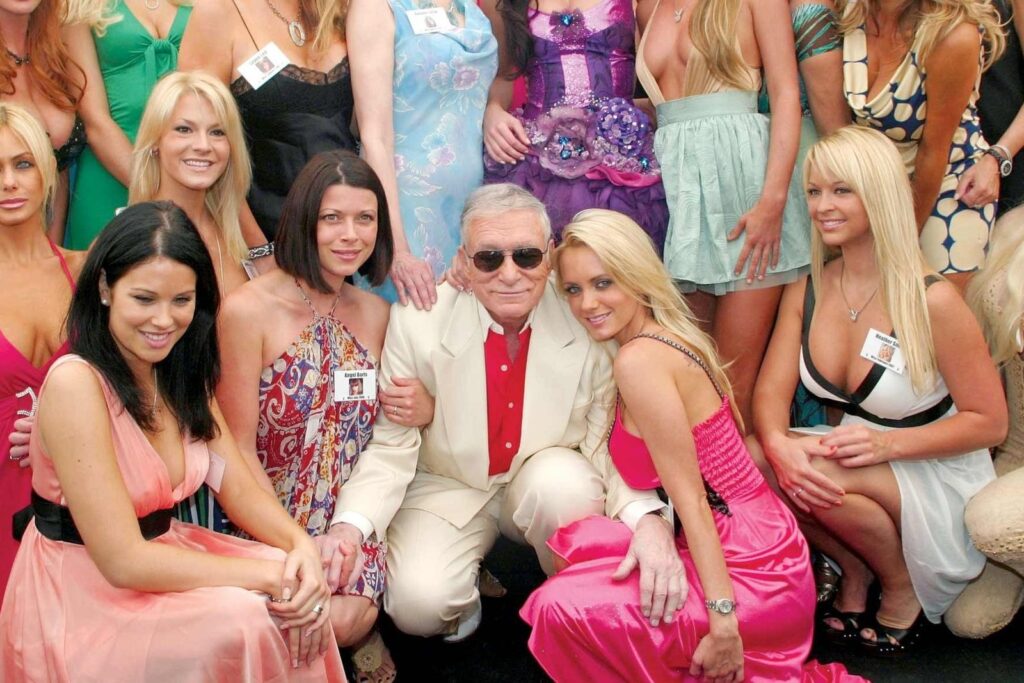For over four decades, Playboy has been one of the most widely read men’s magazines, selling over seven million copies per issue by the early 1970s. Founded in 1953 by Hugh Hefner, the magazine played a pivotal role in shaping adult entertainment, expanding into television, clubs, and digital ventures.
The Birth of Playboy
Hugh Hefner, an aspiring publisher with a passion for media, launched Playboy after leaving Esquire magazine over a denied pay raise. With just $600 of his own money and additional loans, including $1,000 from his mother, he introduced the magazine in December 1953, featuring Marilyn Monroe in its first issue. The magazine quickly gained popularity, with over 50,000 copies sold.
The Golden Era & Cultural Impact
By the late 1950s, Playboy had become a multi-million-dollar brand, earning $4 million annually. It wasn’t just about provocative content—the magazine published works by renowned authors like Ray Bradbury, Ian Fleming, and Margaret Atwood. It also featured interviews with Fidel Castro, Frank Sinatra, and even John Lennon, making it a significant cultural platform.

Challenges & Resurgence
Despite reaching its peak in 1972 with 12 million dollars in profits, the magazine faced a decline in the late 1980s due to changing consumer trends. However, Hefner revived Playboy in the early 2000s with the hit reality TV show “The Girls Next Door”, which showcased life inside the Playboy Mansion and reignited public interest.
Hefner’s Legacy & The Playboy Brand Today
Hugh Hefner passed away in 2017 at age 91, leaving behind a brand valued at $110 million. Today, Playboy has shifted its focus, earning revenue through licensing its iconic bunny logo for products like clothing, fragrances, and accessories. Hefner’s son, Cooper Hefner, has carried forward his father’s vision, emphasizing free speech, civil rights, and sexual freedom as part of the brand’s ethos.
Playboy remains one of the most recognized brands in history, a testament to Hefner’s influence on media, culture, and lifestyle.
